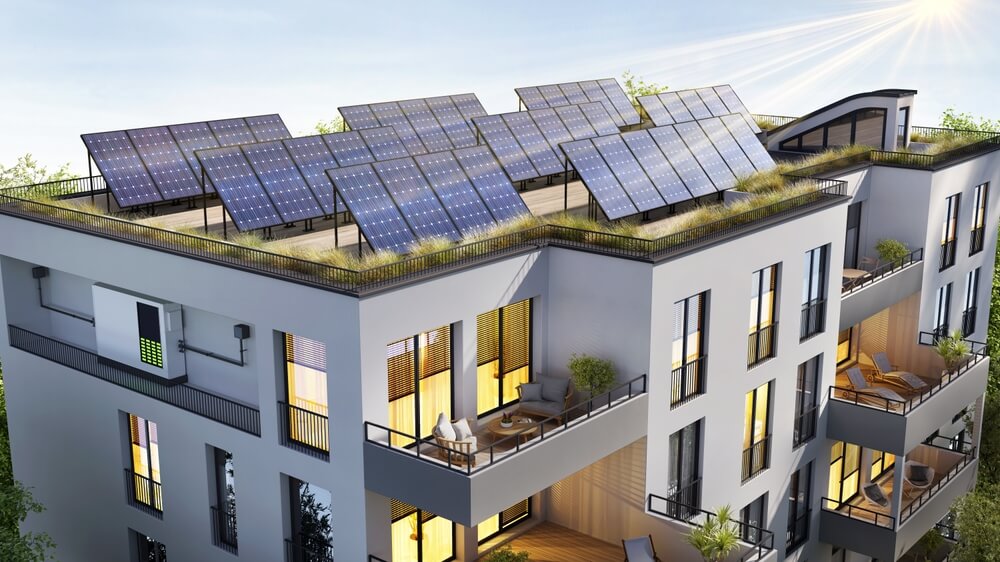Switching to solar energy is one of the smartest investments homeowners and businesses can make today. It reduces electricity bills, increases property value, and contributes to a greener planet. But many potential solar adopters are unsure about how the installation process works.
In this blog, we break down the solar installation process step by step, so you know exactly what to expect—from your first consultation to turning the system on.

Step 1: Initial Consultation & Site Assessment
The journey begins with a consultation. A solar expert will:
- Understand your energy needs
- Review your past electricity bills
- Discuss your goals (cost savings, energy independence, etc.)
Next, a site visit is scheduled to assess:
- Roof direction, angle & condition
- Available shadow-free space
- Electrical infrastructure compatibility
This helps in determining the size and type of solar system best suited for your property.

Step 2: System Design & Proposal
Based on the site visit, the solar provider prepares:
- A customized solar panel layout
- Inverter type and placement
- Expected energy generation
- Payback period and ROI
- Detailed pricing and subsidy options
You’ll receive a proposal for review and approval.
Step 3: Documentation & Government Approvals
Once approved, documentation begins:
- Net Metering Application
- DISCOM Permission
- Subsidy Application (if eligible under a government scheme)
- Other local approvals or structural permissions (if required)
The solar company typically handles this process for you.

Step 4: Procurement of Material
Once permissions are in place, the company procures:
- Solar panels (as per your preference or brand choice)
- Inverters
- Mounting structures
- Cables, junction boxes, connectors, etc.
All materials are quality-checked and aligned with MNRE guidelines.
Step 5: Installation
The installation process is carried out by trained technicians. It includes:
- Mounting structure installation on the roof
- Solar panel placement and wiring
- Inverter and AC/DC connection
- Earthing and Lightning protection system
Typically, this process takes 2 to 5 days, depending on the system size.
Step 6: Inspection & Testing
After installation:
- System is thoroughly tested for voltage, current, and inverter output
- Proper grounding and safety checks are conducted
- The team ensures everything is functioning as designed
Step 7: Net Metering & Final Approval

The final step before activation:
- The local DISCOM installs a bidirectional net meter
- Inspection is done by DISCOM officials
- Final approval is granted for grid synchronization
This step ensures you can now export excess energy and get credit on your electricity bill.
Step 8: System Activation & Handover
Once net metering is live:
- The system is turned ON
- You start generating your own solar power!
- Final documentation is handed over including warranty cards, user manual, and maintenance guide
The solar company may also provide training on how to monitor the system using an app or online portal.
Step 9: After-Sales Support & Monitoring
A good solar partner will provide:
- Regular maintenance and performance check-ups
- Remote monitoring support
- Assistance with warranty claims, if ever required
💡 Final Thoughts
The solar installation process may sound complex, but with the right solar provider, it’s smooth, safe, and efficient. Choosing a trusted company like Solar Smart Pvt. Ltd. ensures that every step—from planning to power-on—is handled by experts who prioritize quality, safety, and your satisfaction.
👉 Thinking of going solar? Contact us for a free site survey and discover how much you can save.
📞 Call: 079 6900 7700
🌐 Visit: www.solarsmart.co.in

